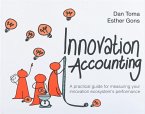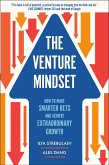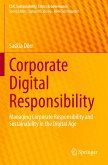In 2010, Bill Gates first came up with the term Innovating to Zero to advocate a nuclear energy technology that would be safe and reliable and have zero emissions. Taking this concept and running with it, this book explores the transformative concept of "Innovating to Zero", a vision that seeks to eliminate some of humanity's most pressing challenges. From zero emissions and zero digital divide to zero hunger and zero diseases, this book delves into how industries, societies, and individuals can work towards a future where these ideals become reality.
The book expands on what the future of Innovating to Zero looks like. It highlights how the next decade will see exponential growth in the technologies that make the Zero Vision achievable. AI, advanced materials, biotechnology, and quantum computing coming together in ways that will allow us to imagine what was previously unimaginable from zero cancer deaths to zero device dependency to zero inequality.
Takinga deep dive into various sectors where Zero can play a disruptive role including retail, healthcare, technology, energy, and society at large the book identifies the fundamental building blocks that go into implementing such an approach and offers an actionable 10-step process to achieving your Zero Vision goals.
With global examples, case studies and chapters covering topics such as innovative business models, energy transition, and generative AI, this book will help you set out a vision for sustainable innovation, balancing business and social imperatives.
The book expands on what the future of Innovating to Zero looks like. It highlights how the next decade will see exponential growth in the technologies that make the Zero Vision achievable. AI, advanced materials, biotechnology, and quantum computing coming together in ways that will allow us to imagine what was previously unimaginable from zero cancer deaths to zero device dependency to zero inequality.
Takinga deep dive into various sectors where Zero can play a disruptive role including retail, healthcare, technology, energy, and society at large the book identifies the fundamental building blocks that go into implementing such an approach and offers an actionable 10-step process to achieving your Zero Vision goals.
With global examples, case studies and chapters covering topics such as innovative business models, energy transition, and generative AI, this book will help you set out a vision for sustainable innovation, balancing business and social imperatives.








